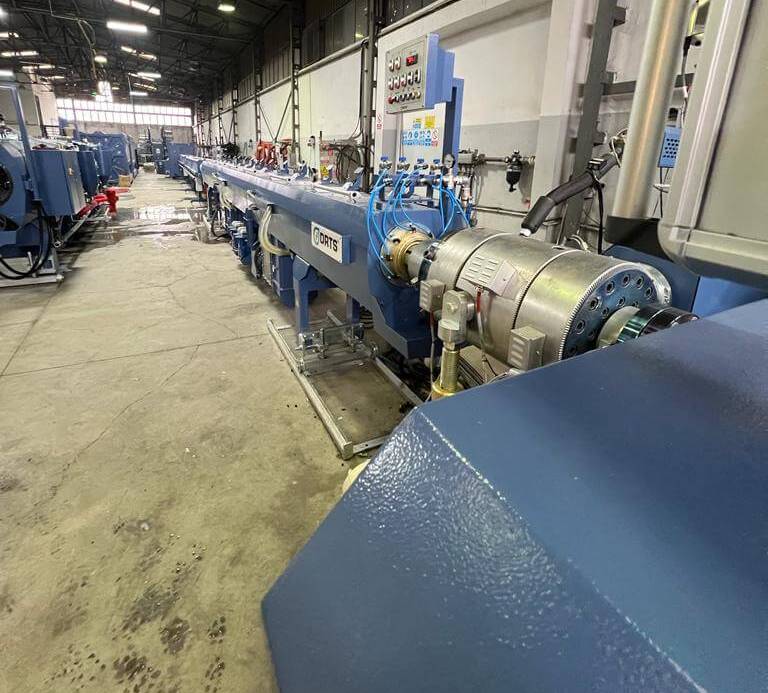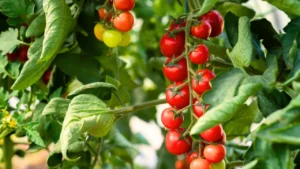
WhatsApp Image 2022 12 01 at 13.27.07 1 1.jpeg
According to a report published by IBISWorld, the market size for the Plastic Pipes and Parts manufacturing industry increased faster than the overall manufacturing sector in the US. After the pandemic, the rising demand in the downstream markets has also increased the need for more alternatives in the Pipe Manufacturing sector. As of 2022, the US market size of Plastic Pipes and Parts Manufacturing is at a massive $23 billion. In this article, we cover the essential and common licenses and compliances required in order to manufacture pipes in the US. However, it’s important to remember that the rules may change depending on the nature of the business and these are a set of basic requirements.
So, if you’re planning to set up your own pipe manufacturing business in the US, here are some key pointers to get you started on your project:
- Before starting production you will need to be up to date on the manufacturing regulatory compliance. This compliance includes a set of requirements for businesses to legally deliver their manufactured goods in the market. These regulations primarily include rules regarding safety of the manufactured product, employment laws, data protection guidelines, fair competition, export control and others. The different types of compliance that are typically applicable to pipe manufacturing business are:
- Next, any manufacturing business that carries international operations should comply with the following industry standards issues by ISO–
- Pipe manufacturing also includes transportation of natural gas, biofuels, and liquid petroleum. In the US, a large number of pipelines are buried underground and are unknown to individuals. There are 2 main types of oil and gas pipelines – petroleum pipelines that carry crude oil and natural gas liquids, and natural gas pipelines that are responsible for transporting natural gas from gas wells and delivering them to different locations. In order to build oil and gas pipelines, you need a ROW or easements from private and public landowners to install and maintain the pipelines on that land.
- Using PE pipes for oil and gas transportation has proven more beneficial than metallic pipes owing to their chemical resistance, leak-free joints, and robust temperature resistance. In order to manufacture oil and gas pipelines, you will need permissions from various federal and state agencies, some of which include:
Adopting the right machinery for your pipeline manufacturing business
After successfully adhering to the regulations and compliances for manufacturing pipelines, the next crucial step is employing the right machinery and equipment to make your production high-quality and dependable for customers. DRTS has a longstanding experience of 35 years combined with innovative engineering in delivering machinery for pipe production. Our production lines are used all over the world and have successfully supported businesses to grow their manufacturing capacity. From PE turnkey production lines that can produce pipes from 16mm to 630mm to standalone machinery including extruders, vacuum, cooling tanks, pipe coilers, and much more. We have a solution for every pipe manufacturing business need. Contact us to get a free consultation and clear all your doubts about starting a pipeline manufacturing business in the US.
Source link
2022-12-16 02:59:36
Karl Hoffman is a distinguished agriculturalist with over four decades of experience in sustainable farming practices. He holds a Ph.D. in Agronomy from Cornell University and has made significant contributions as a professor at Iowa State University. Hoffman’s groundbreaking research on integrated pest management and soil health has revolutionized modern agriculture. As a respected farm journalist, his column “Field Notes with Karl Hoffman” and his blog “The Modern Farmer” provide insightful, practical advice to a global audience. Hoffman’s work with the USDA and the United Nations FAO has enhanced food security worldwide. His awards include the USDA’s Distinguished Service Award and the World Food Prize, reflecting his profound impact on agriculture and sustainability.





